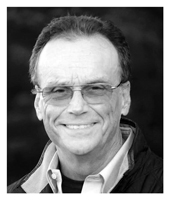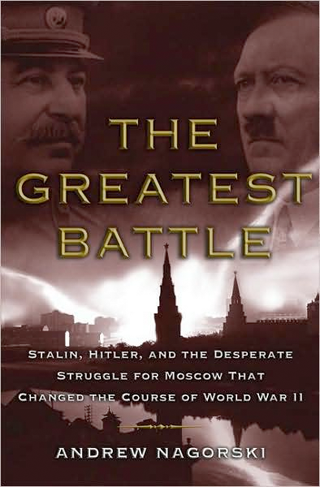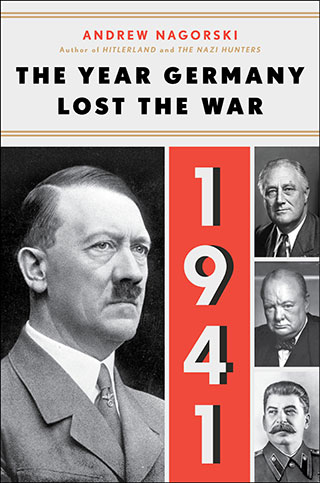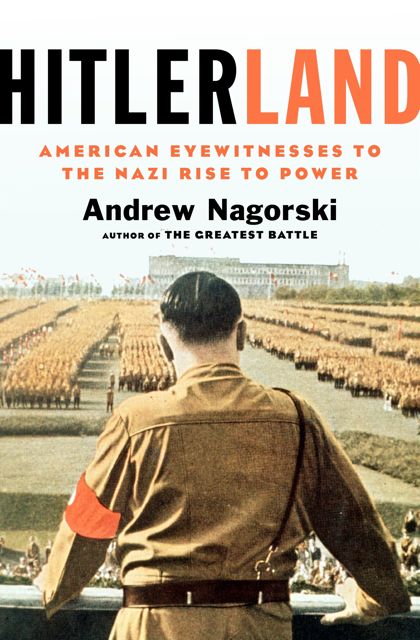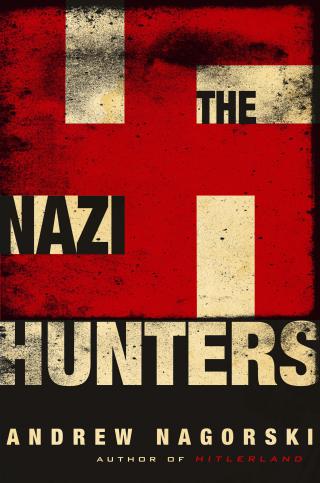Months before the explosion of a reactor at the Chernobyl Nuclear Power Station on April 26, 1986, Viktor Briukhanov, the plant’s director, told a reporter: “Whatever you say, we are no ordinary enterprise. God forbid that we suffer any serious mishap—I’m afraid that not only Ukraine but the [Soviet] Union as a whole would not be able to deal with such a disaster.” Briukhanov had no idea how prophetic his words would be.
“The immediate cause of the Chernobyl accident was a turbine test that went wrong,” Serhii Plokhy writes in his gripping, meticulously researched account of the tragedy. “But its deeper roots lay in the interaction between major flaws in the Soviet political system and major flaws in the nuclear industry.” Lax safety rules, for example, meant the reactor had been constructed without the kind of concrete shelter standard in the West.
The accident released 500 times as much radiation as the bomb dropped on Hiroshima, contaminating large swathes of territory in Ukraine, Belarus and Russia. Although the initial death toll was relatively low—two dead in the explosion, 28 dead from radiation sickness during the first four months—thousands more have died since of radiation-related causes. “Chernobyl: The History of a Nuclear Catastrophe” shows how the nuclear energy sector and the political system were largely discredited. It is no coincidence that the Soviet Union collapsed a mere five years later.
Mr. Plokhy, who teaches Ukrainian history at Harvard, mercilessly chronicles the absurdities of the Soviet system and the arrogance of its apparatchiks. But the fact that he grew up fewer than 500 kilometers south of Chernobyl probably accounts for his vividly empathetic descriptions of the people on the ground—the plant managers and employees, the firefighters, soldiers and others—who risked their lives to contain the damage. One university classmate was sent to Chernobyl as a policeman a few days after the explosion; he still spends at least a month every year in the hospital.
When the reactor exploded, shortly after 1 a.m. on a Saturday, two locals who were fishing in the plant’s cooling pond watched the flames shooting up—and kept on fishing. “They saw everything but realized nothing,” Mr. Plokhy writes. They were far from alone in their blindness, and officials at all levels worked hard to keep others in the dark. The KGB cut phone lines from Prypiat, the town near the plant, so that word of the accident would not spread. On Sunday seven weddings were held in Prypiat, even as 132 people were admitted to the hospital with signs of radiation poisoning.
Informed of the accident, Mikhail Gorbachev, the new Kremlin leader, was not sufficiently concerned to call an emergency meeting of the Politburo. Anatolii Maiorets, the minister of energy and electrification, flew to Chernobyl on Saturday and promptly dismissed calls for the evacuation of the local population. “The danger is clearly exaggerated,” he declared. But the scale of the unfolding disaster forced a quick reversal of that decision.
Prypiat’s citizens were told they would be allowed to return in three days. In 1996, when I visited Chernobyl to report on the 10th anniversary of the accident, Prypiat was still a ghost town, with everything abandoned as it was on evacuation day. That remains true today. As Mr. Plokhy writes, the town has the feel of a modern-day Pompeii.
Chernobyl offered an object lesson in obfuscation and lying. When scientists in Sweden detected rising levels of radiation right after the explosion, Moscow remained silent. TASS, the Soviet news agency, only issued a laconic statement nearly three days later, admitting that there was an accident but making it sound like it was nothing extraordinary. There was still no information about radiation levels, or advice for people in the region. Mr. Gorbachev later tried to defend himself against charges of a deliberate cover-up. “We simply did not know the whole truth yet,” he wrote in his memoirs. But, as Mr. Plokhy points out, Mr. Gorbachev and his team knew far more than they were willing to admit—and the Soviet leader performed miserably in this crisis.
By the time of the annual May Day parade in Kiev, radiation levels had risen dramatically in the Ukrainian capital. Yet the Kremlin insisted on no change in plans, ostensibly in order to prevent panic. When Ukrainian Communist Party leader Volodymyr Shcherbytsky objected, Mr. Gorbachev threatened to expel him from the party—a political death sentence. The parade went on, with many lightly dressed children accompanying their parents on that warm sunny day. Mr. Plokhy writes that the unintended consequence of the “radioactive” parade was “the loss of legitimacy of the regime it was supposed to enhance.”
Mr. Gorbachev did not speak publicly about the accident until May 14, when he berated the West for exploiting the news for anti-Soviet propaganda. The regime then attempted to deflect criticism by sentencing Briukhanov and other Chernobyl personnel to prison terms. This was mostly scapegoating, as Mr. Plokhy convincingly demonstrates, and it failed to stem growing resentment of Moscow’s control. Mr. Gorbachev belatedly launched his policy of glasnost(openness), hoping to show the Soviet system could reform by tolerating more honest public discussion. Instead, the pent-up anger in Ukraine over Chernobyl, and a broad range of other issues elsewhere, led to the rise of nationalist movements that tore the Soviet Union apart. “Chernobyl roused our souls,” wrote the Ukrainian dissident poet Ivan Drach.
The collapse of the old regime produced new problems. Russia decided it had no further responsibility for the expensive clean-up. The plant was finally closed officially in 2000, and it took nearly three decades to complete a massive new shelter over the damaged reactor, largely funded by Western aid. As for the territory around the plant, Mr. Plokhy writes that it will not be safe for human habitation for at least 20,000 years. In that sense, the Soviet legacy lives on.
Mr. Nagorski served as Newsweek’s bureau chief in Moscow and Berlin, among other postings. He is the author, most recently, of “Hitlerland” and “The Nazi Hunters.”
Appeared in the May 15, 2018, print edition as 'Anatomy Of a Disaster.'
